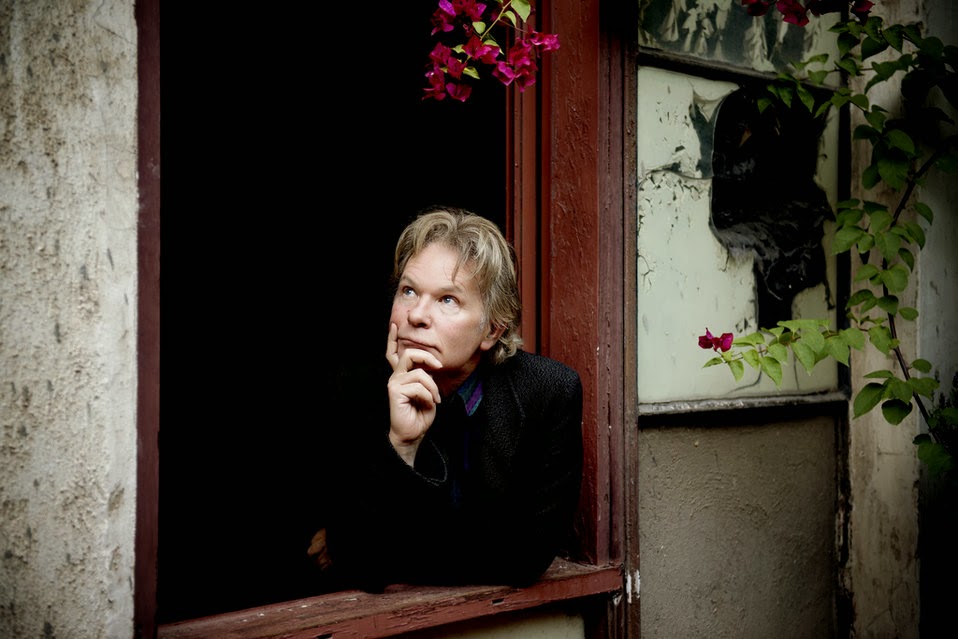London - the Modern Babylon is a two-hour history lesson of this famous metropolis through a collage of meticulously edited archive footage and music.
Opening with a blistering montage of historical moments as the Clash’s 'London Calling' plays, the sheer volume of imagery bombarding the screen becomes almost overwhelming. And there’s plenty more to come.
Compiled by legendary documentary maker Julien Temple, the epic voyage begins in Victorian London at the height of British colonialism. The journey ends in 2012 as London is preparing to host the Olympics - waiting to welcome the world.
It’s the skilful juxtaposition of sound and image that really colours the film. In one of the most energetic scenes the news footage of Suffragettes rioting is set to the X-Ray Spex’s 'Oh Bondage, Up Yours!' Temple follows this scene with the siege of Sidney Street in 1911, giving a clear indication of the film’s main theme: oppression.
Though the footage of Edwardian London is fascinating, the first half an hour or so of the Modern Babylon does feel rather slow. However, it soon gathers pace after the WWII, when the first influx of Caribbean migrants arrive in London when the City’s racial tensions begin.
These musical archive sequences are broken up with talking heads, some archive, some newly shot. These moments also provide a chance for the viewer to catch their breath.
Interviewees include, among others, Malcolm McLaren, Molly Parkin, Tony Benn, Ray Davies, Suggs and Barbara Cartland. Though it’s 106-year-old lifelong Hackney resident Hetty Bower’s contribution that really brings the film to life, giving a first-hand account of how London has evolved over her lifetime.
The city’s iconic landmarks are largely ignored; instead London is shaped through the eyes of its people and their individual experiences. Though Michael Gambon’s familiar voice gets the film underway, the absence of a main narrator allows London to take centre stage.
Temple selects clips that show both the best and worst of the city simultaneously. He uses Michael Powell’s 1960 film Peeping Tom to accuse London of being a voyeur, while Tony Hancock in The Rebel mirrors the burgeoning cultural freedom and experimentation of swinging London.
London is shown almost as a living creature - with a life cycle. But it’s a fragile life, occasionally brought to the brink as a result of strained relationships between conflicting groups. Often these are racially motivated, but there are also class tensions – and these usually boil over into rioting. Yet, each time London emerges wiser and stronger.
Continual links between times of unrest are constantly hinted at, while the film concludes that London is a richer place with its wealth of cultures, detached from the rest of Britain, almost a country in its own right.
In the end Temple shows London as an ever-evolving city, constantly re-inventing itself, while the film concludes that the Londoners themselves - well, they never really existed.

